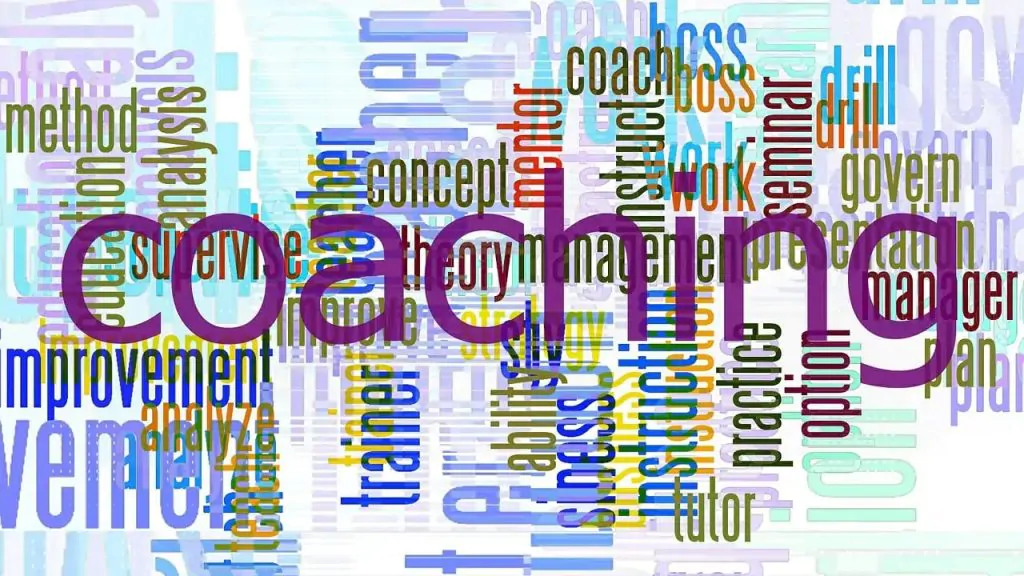
Coaching is a helping relationship where the coach assists the client on a journey of self-discovery and development of their potential to achieve their goals. It is a reflective and creative process oriented towards action.
Okay, perhaps we have heard some of these terms more than once, but really, what is COACHING, and where does it come from? And how is it different from other disciplines?
In a world where the terms “coach” and “coaching” are very trendy, we often end up not really knowing what coaching is. Why? Because in the market, we encounter so-called sports coaches, performance coaches, nutrition coaches, English coaches, singing coaches, NLP (Neuro-Linguistic Programming) coaches, team coaches, ontological coaches, life coaches, business coaches, accountability coaches, and the list goes on…
Why so many different “coaches”? Well, the answer is simple: most of the disciplines on this list are not truly coaching. They are other things, but they are not coaching.
To help us better understand the identity and essence of coaching, there’s nothing better than exploring its history. Let’s dive into it.
The Carriage
The word “coach” comes from the Hungarian word “kocsi,” which referred to a horse-drawn carriage invented in a 15th-century village in Hungary and became famous throughout Europe. The village was named Kocs, and it gave its name to the carriage. The uniqueness of this vehicle was its speed, lightness, flexibility, and relative comfort. As it gained fame around 1823, all Western cultures adopted the word (coach in English, coche in Spanish, coché in Catalan, coche in French…).
Private Tutors
In the mid-19th century, the word “coach” took on another meaning and context, marking a paradigm shift in the pedagogical methodology of teaching. At the University of Cambridge, William Hopkins became the first private tutor to make a living through coaching by fostering in his students a selfless love for their studies and encouraging research on the applications of mathematics in physics and geology. He realized that for better learning, it was important for students to:
- Develop a passion for studying.
- Study the subject in an applied manner and through their own experience.
- Receive explanations that were not one-directional (as done by professors) but responded to the real needs of the student.
In other words, similarly to the carriage, the word “coach” began to be used to refer to a very innovative approach that allowed for the extraordinary acceleration of learning and helped students overcome their exams (reaching a destination = a goal). This methodology was later adopted by the universities of Cambridge and Oxford.
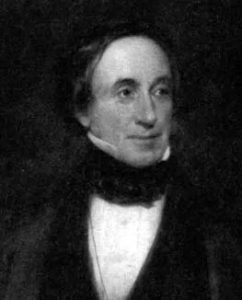
Sports Coaching
Starting in 1867, the word “coach” began to be used in England to refer to a coach or trainer in the context of boat races, particularly “The Boat Race” between the teams of Oxford and Cambridge universities on the River Thames. This rowing race is still held today between the two universities. It is believed that the term “coach” was transferred to the coaches of these teams (before later extending to other sports as well) because these coaches were outside the university (similar to private tutors) and taught students through hands-on experience. However, it is important to note that even so, sports coaching continued (and continues to this day) with a one-directional teaching methodology, where the coach gives instructions and imparts technical knowledge. This has led to the interchangeable use of the words coaching and training in today’s language.
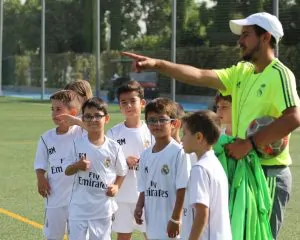
The Interviewer
From 1927 to 1932, another paradigm shift began, this time in the workplace, particularly in management and labor relations. In the Hawthorne experiment at the Western Electric Company, Elton Mayo implemented a program of non-authoritarian interviews to help employees develop themselves to better meet the demands of their work. Elton Mayo and other contributors to this new method realized that the only effective way to solve an individual problem (or achieve a goal) was for the individual to think for themselves and solve their problem in their own way. It involved guidance without advice, instructions (technical transfers), nor persuasion.
Non-Directive Humanistic Psychotherapy
It is important to mention that Mayo was strongly influenced by Carl Rogers, a figure globally recognized as a precursor to the coaching we know today.
Rogers developed techniques of “personal counseling,” which gave rise to a new form of psychotherapy (non-directive). In this discipline, invented by Carl Rogers (the father of humanistic psychotherapy), we find numerous similarities with Mayo’s interviews, such as the absence of advice and transfers, active listening (without interrupting the other person), not displaying any authority, not directing the conversation, and remaining impartial, among others.
Whether in a work or personal context, “counselors” aimed to help the other person help themselves, without interfering with their own ability to face their problems.
It was in the 1950s that these types of interviews began to be referred to as coaching.
The Human Potential Movement
In 1962, the Esalen Institute was founded in California, a non-profit center for alternative education where numerous seminars and courses were conducted by various professionals and therapists, including Dr. Carl Rogers. It gave birth to the Human Potential Movement. A multitude of therapists taught there and promoted new disciplines such as Fritz Perls, the father of Gestalt therapy; Virginia Satir, a pioneer in systemic family therapy; Paul Watzlawick, a figure from the Palo Alto school and brief therapy; Gregory Bateson, a significant contributor to cybernetics; Werner Erhard and his seminars on personal transformation for large groups (EST training), among others. Shortly after, in the 1970s, also in California, neuro-linguistic programming (NLP) was born, which is very popular today. It aimed to model various talented therapists of that era, such as Milton Erickson (father of Ericksonian hypnosis) and Eric Berne, the father of transactional analysis (Burton 2011).
While this proliferation of influences and disciplines contributed to the creation of more “tools” for the development of human potential, it is also true that it led to the progressive dilution of the essence of non-directive interviews that we call coaching.
Sports Coaching
In 1974, Timothy Gallwey published a book that led to a paradigm shift in how athletes learn: “The Inner Game of Tennis.” This publication was so successful that Gallwey was subsequently recognized as the “modern father” of coaching. If sports coaching used to involve a former skilled player providing technical instructions to students to achieve a high level of performance, Gallwey saw it differently. He argued in his work that it was through the reduction of instructions or “transfers” of technical knowledge that the learner could greatly accelerate their learning and achieve high performance. Gallwey’s work in sports was so successful that it expanded into the business and personal world with the collaboration of another globally recognized professional: John Whitmore.
Later, in 1995, the first coaching federation was established (International Coach Federation) with the intention of promoting coaching and its various influences.
Conclusion
The word “coaching” has undergone various meanings since its early uses in the 15th century, ranging from carriage, private tutor, sports coach, to interview techniques and counseling.
What these different professions have in common is that they all contributed to a paradigm shift where learning is infinitely enhanced when the focus is on the learner/employee/athlete, rather than the transfer of teaching itself. In other words, it is about helping others help themselves without interfering with their innate ability to do so, catalyzing that capacity of generating new knowledge for oneself.
Unfortunately, today we encounter a significant diversity of disciplines called “coaching,” whose methodologies come from other specialties and do not respect this original principle of non-directiveness.
This same principle is what makes the methodology of coaching (non-directive) unique and distinct from all other helping professions such as psychotherapy, sports psychologists, consultants, trainers, coaches, or mentors that allow or are based on the transfer of opinions, judgments, knowledge, diagnoses, suggestions, or recommendations. In coaching, clients autonomously self-generate (inside-out) all that. In many cases this the most efficient way to solve a personal problem or reach a goal.
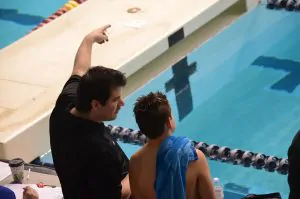
It is a unique and fascinating discipline.
Alexandre J. Bardet helps Entrepreneurs, Business Owners & Athletes efficiently integrate the necessary skills for them to find more balance & achievements in their sport, business and life. He does that through 100% personalized 1:1 accompaniments.
He is also an athlete and fencing competitor at regional and national levels, being Madrid team champion in 2015 and 2016. In addition, he has a Master’s degree in mindfulness from the University of Barcelona, which has allowed him to develop one of the first mindfulness programs applied to athletes’ well-being & performance in Spain.
You can get more information on his website: www.guerreroconsciente.com
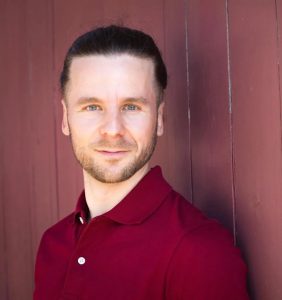
Bibliography
Bardet, A. (2014). In the jungle of coaching, how to get through successfully?. Haute École de Gestion de Genève.
Gallwey, T. (1974). The Inner Game of Tennis. Jonathan Cape Ltd.
Leonardo Ravier. (2022, October 24). “Coaching” What’s Behind the Term? The Paradigm Shift that Led to a New Profession.
[https://www.youtube.com/watch?v=WwsR9peeACI]
O’Connor, J., & Lages, A. (2007). How Coaching Works: The Essential Guide to the History and Practice of Coaching. A&C Black Business Information and Development.
Ravier, L. (2016). Non-Directive Coaching: Methodology and Practice. Unión Editorial.
Trahair, R. C. S. (1984). The Humanist Temper: The Life and Work of Elton Mayo. New Brunswick: Transaction Books.
